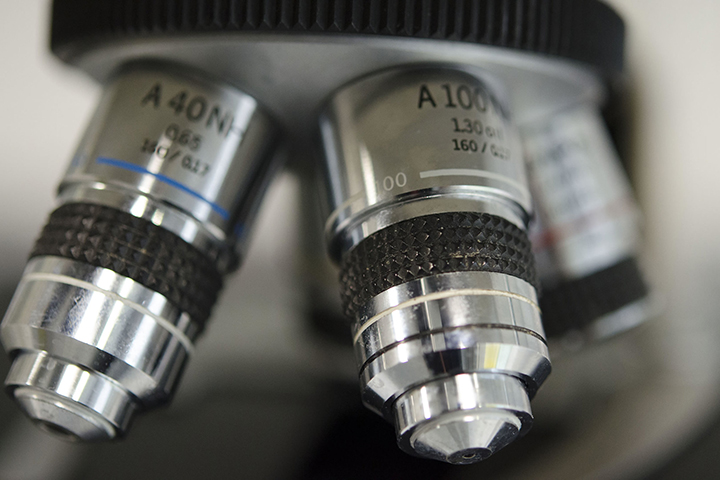Chemo Before Surgery Doubles Overall Survival in Some Patients

A June 2024 study, published in JAMA Network Open, paints a clearer picture of the effectiveness of chemotherapy before surgery for eligible patients.
Neoadjuvant chemotherapy—treatment before surgery—has become the go-to strategy for pancreatic cancer patients who qualify. Previous studies showed mixed results as to whether, at certain stages of pancreatic cancer, chemo before surgery actually improves survival when compared to surgery before chemo.
The benefits of chemo first are many. Treatment can potentially reduce the size of a tumor, making surgery less extensive. It can also help select best candidates for surgery. Neoadjuvant treatment also helps ensure that all patients receive chemotherapy, since adjuvant treatment—treatment after surgery—can be difficult for some patients.
Now, an international cohort of researchers has found that in those patients who achieved what doctors call pathological complete response, or pCR, after neoadjuvant treatment and surgery, overall survival jumps from 30 percent to 63 percent.
Very simply, pCR means the cancer responds well to treatment and there is no evidence of disease in the area examined, explains senior author Marco Del Chiaro, M.D., Ph.D., division chief of surgical oncology at the UC Health Cancer Care, Anschutz Medical Campus, University of Colorado Cancer Center (Denver). “Pathological complete response doesn’t mean cure, but it is an important prognostic factor,” he adds. “And what we see here is these patients are doing extremely well and that’s a big deal when you talk about pancreatic cancer and the role of neoadjuvant treatment.”
The researchers hope that this study and ongoing research shed light on what factors make patients more likely to achieve pCR and impact the selection of treatments for patients.
About the Study
In this international observational study, the researchers assessed nearly 1,760 patients with pathology-proven localized pancreatic cancer who underwent surgery after two or more cycles of chemotherapy (with or without radiotherapy). These patients were in 19 centers from eight countries and three continents.
The results showed that pCR occurs in 4.8 percent of patients and is associated with better overall survival when compared to patients without pCR. Patients who achieved pCR had a three-fold higher five-year relapse-free survival of 64 percent versus 20 percent in the non-pCR cohort. They also had a doubled five-year overall survival of 63 percent versus 30 percent compared with patients without pCR.
The researchers outlined certain factors that were associated with pCR. Tumors located in the head of the pancreas and larger tumors were associated with pCR, as was the modified FOLFIRINOX chemotherapy regimen compared with other multiagent regimens. Other factors associated with pCR include preoperative conventional radiotherapy or stereotactic body radiation therapy (SBRT) with partial or complete radiologic response and CA 19-9 levels in the normal range at restaging.
“When we designed the study it was important to get as many centers involved as possible since some studies only look at single centers,” Del Chiaro explains. What was intriguing was that while SBRT was associated with achieving pCR, it was not associated with an increase in overall survival rate. The use of radiotherapy is still a very open discussion, and it may be useful in certain circumstances or patients, he notes. “So you can see the complexity of making treatment decisions for patients,” he states. “But what this study shows is the value of systemic treatment with chemotherapy. It’s the chemotherapy that made the difference.”
Moving Forward
The next step is to validate findings and hopefully better delineate these findings across different populations. It’s also important to emphasize just how far pancreatic cancer treatment has evolved, Del Chiaro says. “It’s frustrating to hear people say that nothing has changed in pancreatic cancer treatment because that’s not true at all,” he adds. “Right now, you have a subgroup of people who have 60 percent survival. Even if you were in the other group, a 30 percent chance of survival was unheard of not that long ago. We are absolutely doing better in treating this disease and we are only going to continue to improve.”
What is also clear to him is that in the era of multi modal, or combination, treatment, decisions on treatment really can’t be based solely on anatomical detail. “We need to invest in making decisions based on tumor biology rather than what we see on a scan,” Del Chiaro explains. “We are continually learning more about tumor biology and that is so important because it’s already affecting treatment decisions for some patients. It’s only going to be more important as we move forward.”





